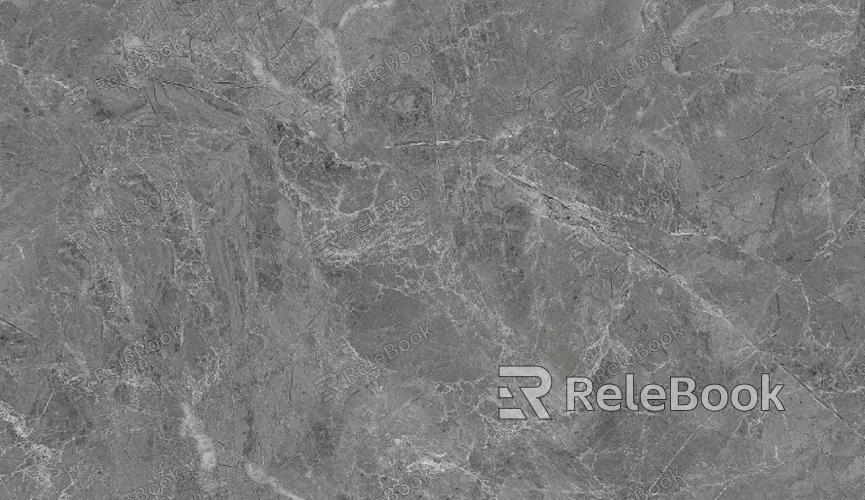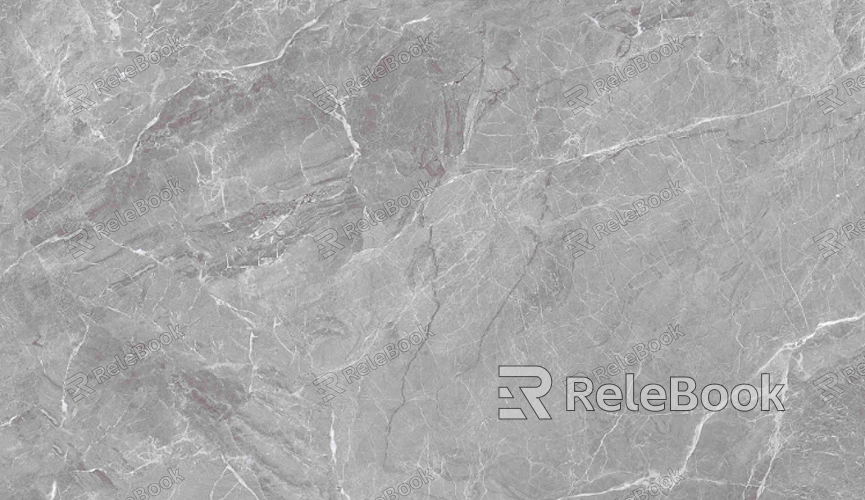How to Apply Textures to an OBJ File?
In the world of 3D modeling, texture mapping is a crucial technique used to apply 2D images to the surface of 3D models, making them appear more realistic. The OBJ file format is a common format for 3D models and is widely used in various modeling and rendering software. This article will explain how to apply textures to an OBJ file, including basic concepts, steps, and key considerations. By the end of this article, you will know how to apply textures to an OBJ file and bring your 3D models to life with detailed textures.

Understanding the Basics of Texture Mapping
Texture mapping is the process of applying 2D images, known as textures, to a 3D model. These texture images can contain information such as color, glossiness, or roughness. By using a technique called UV unwrapping, the texture is matched to the model’s surface. UV unwrapping involves flattening the 3D surface of the model into a 2D plane, making it possible to map the texture image correctly onto the model.
Preparing Your OBJ File and Texture Image
Before you begin texture mapping, you’ll need to prepare your OBJ file and texture image. The OBJ file contains the geometric information of the model, such as vertices, faces, and normals. Texture images can be in various formats, like JPEG or PNG.
Import the OBJ File: Open your OBJ file in 3D modeling software like Blender, Maya, or 3Ds Max.
Select a Texture Image: Choose a texture image that suits your model. Make sure the image resolution and quality meet your needs.

The UV Unwrapping Process
UV unwrapping is the key step in texture mapping, as it flattens the model’s surface into a 2D layout. Here's how to perform UV unwrapping:
Select the Model: In your 3D modeling software, select the model you want to unwrap.
Perform UV Unwrapping: Use the UV unwrapping tool within the software to flatten the model’s surface into a 2D plane. While the exact steps may vary across different software, most programs have similar UV tools.
Adjust the UV Layout: Ensure the UV layout is as clean as possible, avoiding texture overlaps or stretching. You can tweak the position and scale of the UV islands to match the texture image.
Applying the Texture to Your Model
Once the UV unwrapping is complete, you can apply the texture image to the model:
Create a Material: In the 3D modeling software, create a new material and assign the texture image as the material’s texture map.
Assign the Material to the Model: Apply the created material to your model. This will display the texture on the model’s surface.
Adjust Material Settings: Fine-tune the material settings, such as the texture’s scale, rotation, and position, to ensure the texture displays correctly on the model.
Exporting the Textured OBJ File
Once the texture mapping is finished, you’ll need to export the OBJ file with the texture applied. Make sure that the exported file contains all the necessary texture information to display correctly in other software.
Export the OBJ File: In your 3D modeling software, use the export function to save the OBJ file in the desired location.
Check the Texture Files: Ensure that the exported OBJ file is saved along with the texture images. If multiple textures are used, make sure they are all included in the same folder.
Applying textures to an OBJ file is a crucial skill that adds visual richness to your 3D models. By understanding the basics, preparing your files, performing UV unwrapping, and applying textures, you can create stunning 3D models. Don’t forget to check the results and ensure your files are properly organized. If you’re looking for high-quality 3D models and textures, visit the Relebook website to download the resources you need.
FAQ
Why does my texture look incorrect on the model?
This might be due to an issue with the UV unwrapping process. Check your UV layout to ensure that there’s no texture stretching or overlapping. You can also adjust the texture’s scale and position for better results.
Which software can I use for texture mapping?
You can use a variety of 3D modeling software for texture mapping, including Blender, Maya, 3ds Max, and Cinema 4D. These programs have built-in tools for UV unwrapping and texture mapping.
How can I ensure the quality of my texture image?
Choose a high-resolution texture image that meets your project’s needs. Avoid stretching or distorting the image during the UV unwrapping process to maintain clarity.
How compatible are OBJ files with texture images?
OBJ files fully support texture mapping, but you need to ensure that the OBJ file is correctly paired with the texture image. When exporting, ensure that all related texture files are saved together with the OBJ file.

